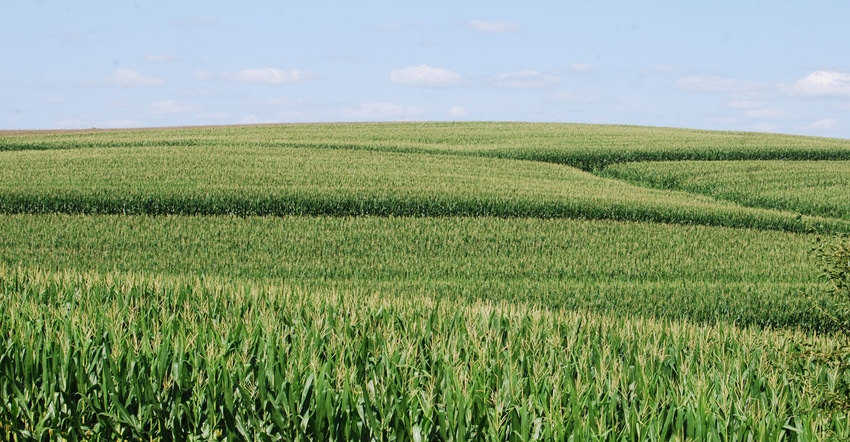
With the agricultural downturn in its fourth year, more farmers need to work with their lenders to address their long-term financial situation. The year-after-year trend of low grain prices has started taking a toll on many farm balance sheets that were previously in good shape, said a panel of lenders at Iowa State University’s recent 90th annual Soil Management and Land Value Conference.
For many farmers, the severity of financial problems was masked by high corn and soybean yields last year. And there were opportunities in spring 2016 to take advantage of short-lived higher pricing. “But you can’t count on that happening every year. You’re better off to start making a financial management plan,” said Mike Hein, vice president of Liberty Bank and Trust at Durant. “2017 will be a critical year, especially from a balance-sheet perspective.”
Important to work with your lender
Other lenders speaking at the conference agreed. It’s important for farmers to work with lenders, landlords and suppliers to find cost savings on land rent, machinery, crop inputs and family living expenses. In some cases, lenders can help farmers restructure loans on land and equipment and take advantage of relatively low long-term interest rates to reduce near-term borrowing costs and help improve cash flow. “If you need to make financial adjustments, do it now,” advised Justin Septer of Farm Credit Services of America’s office at Ottumwa. “The longer you wait, the more difficult it will be.”
The current downturn isn’t nearly as bad as it was during the farm crisis years of the 1980s, said Alan Tubbs of Ohnward Bancshares at Maquoketa. “Today’s situation is serious for some farmers, but not as serious for the farming industry as a whole. The overall debt load is significantly lower today, and it’s not as widespread as in the 1980s. And the interest rate climate is much more favorable today than it was back then.”
Fuzzy outlook for demand growth
But there are some similarities between the two eras. An “irrational exuberance” by some farmers led them to borrow more than they should have, and they got overextended on land and equipment payments in the 1980s. “Much of the stress we are seeing today is among farmers who bought a lot of land and equipment in the recent windfall years, and they are now overleveraged,” said Tubbs.
University of Missouri economist Pat Westhoff, who also spoke at the conference, agreed the current downturn in the ag economy isn’t as severe as in the 1980s. “But there may be more similarities than many of us would like to think because of continuing pressure on farmers’ balance sheets. A key problem for corn and soybean growers is that the big drivers of demand for the past several years (ethanol for corn, China for soybeans) are beginning to top out. And it’s difficult to determine where the next engine of demand growth will come from.”
At the same time, grain supplies have kept growing because conditions have been good in the U.S. and other major production areas the past four years. “It’s hard to know if the last four years have been a coincidence or if we’ve reached a step-up in production because of the new technology. It’s probably a little of both,” said Westhoff.
About the Author(s)
You May Also Like




